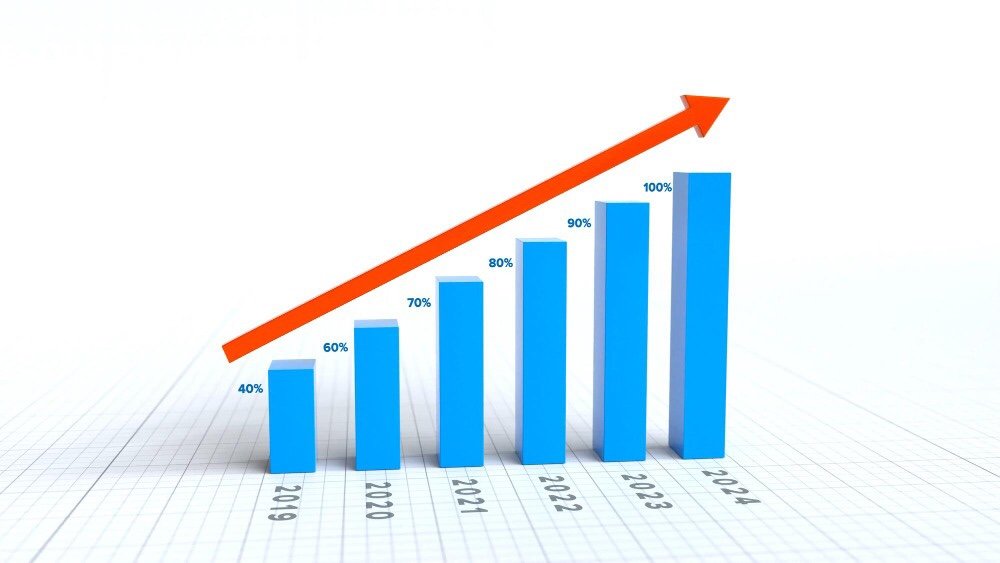Kenya’s economy has shown remarkable resilience and growth in 2023, despite facing numerous challenges. The nation continues to grapple with issues such as poverty, inequality, and climate change.
Over the past decade, Kenya has made significant strides in political and economic reforms, resulting in sustained growth and stability. These reforms have fostered an environment conducive to economic development and social progress. However, the country still faces critical challenges, including poverty, inequality, youth unemployment, and climate change. These issues are further compounded by weak private sector investment and economic vulnerability to both internal and external shocks.
In 2023, Kenya’s economy grew by 5.2%, up from 4.8% in 2022. This growth was driven by a rebound in agriculture and moderate growth in the services sector. The services sector was the largest contributor, accounting for 69% of the growth, while agriculture contributed 23%. On the demand side, household consumption was the main driver, making up 70% of the growth. Inflation rose slightly to 7.7% in 2023 from 7.6% in 2022, influenced by core inflation, fuel inflation, and a 9% year-on-year increase in the producer price index.
Kenya’s real GDP expanded at an estimated 5.4% in 2023, showcasing the economy’s resilience amid challenges such as the COVID-19 pandemic’s lasting effects, global impacts of the war in Ukraine, two consecutive years of droughts, tight monetary policy, and currency depreciation. The agricultural sector experienced a stronger-than-expected rebound, highlighting the nation’s ability to adapt and grow despite adversity.

The services sector, which includes industries such as finance, real estate, and tourism, played a pivotal role in driving economic growth. Its robust performance underscores the sector’s importance in Kenya’s economic landscape. Meanwhile, the agricultural sector’s rebound was a testament to the resilience of Kenyan farmers and the effectiveness of government policies aimed at boosting agricultural productivity.
Inflation dynamics in 2023 were shaped by several factors. Core inflation, which excludes volatile items such as food and energy, accounted for 32% of the overall inflation increase. Fuel inflation, driven by global oil price fluctuations, contributed 26%, while cost-push inflation, reflected in a 9% year-on-year increase in the producer price index, added to the overall inflationary pressures.
Looking ahead, Kenya’s economic outlook remains cautiously optimistic. Continued reforms, investment in infrastructure, and efforts to enhance transparency and accountability will be crucial in addressing the nation’s development challenges. Additionally, fostering a conducive environment for private sector investment and enhancing resilience to external shocks will be key to sustaining economic growth.





You must be logged in to post a comment.